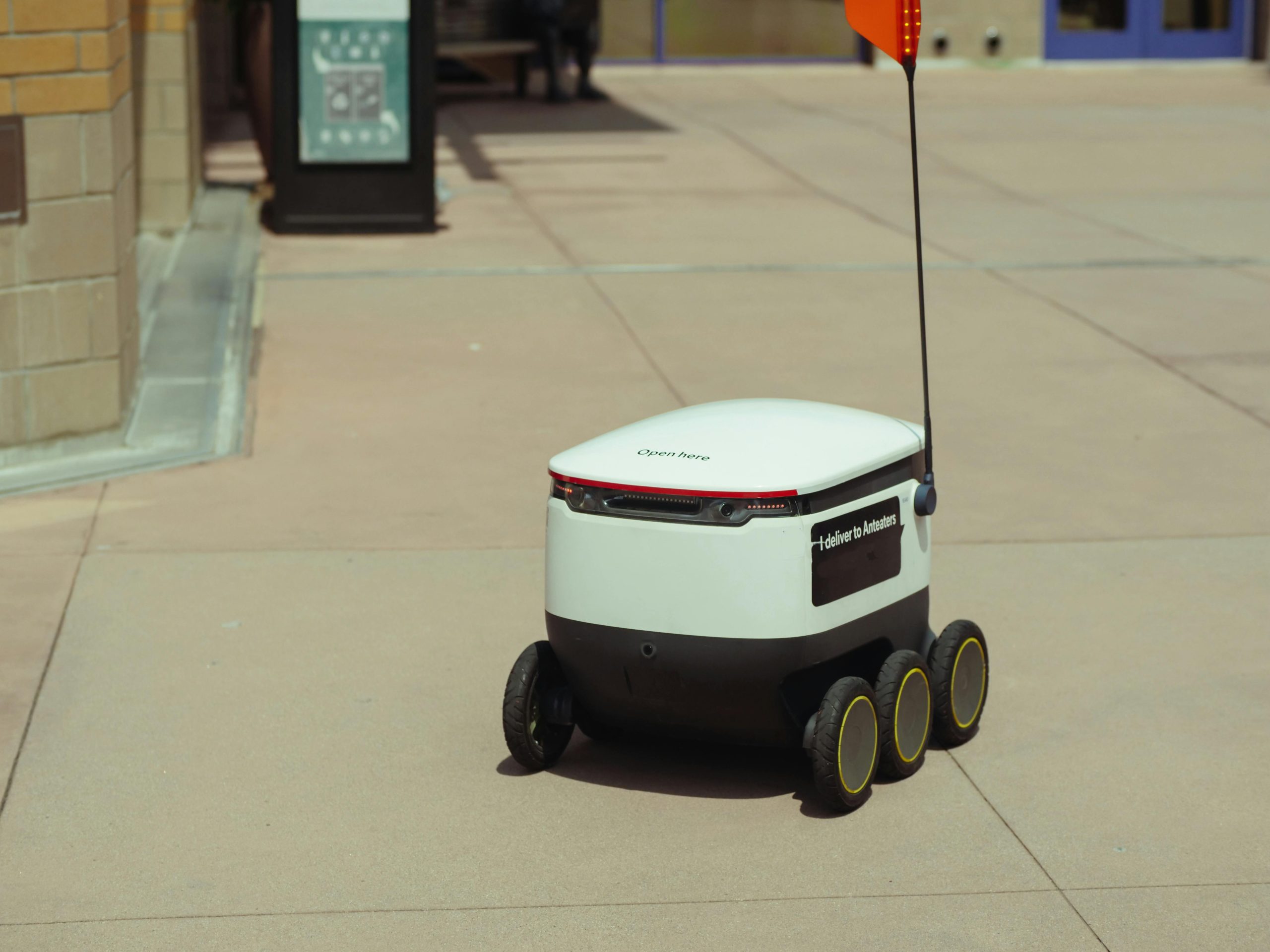The rise of autonomous vehicles (AVs) is transforming the way we think about transportation. At the heart of this revolution is artificial intelligence (AI), which enables self-driving cars to navigate complex environments safely and efficiently. By leveraging advanced algorithms, sensor fusion, and machine learning, AI-powered navigation systems ensure that autonomous vehicles can make split-second decisions, avoid obstacles, and adhere to traffic rules—all while keeping passengers and pedestrians safe.
How AI Processes Real-Time Data for Navigation
Autonomous vehicles rely on a constant stream of data from multiple sources to understand their surroundings. Cameras, LiDAR, radar, and ultrasonic sensors work together to create a 360-degree view of the vehicle’s environment. AI processes this data in real time, identifying objects such as other vehicles, pedestrians, traffic signs, and road markings.
Machine learning models, trained on vast datasets, help the vehicle recognize patterns and predict potential hazards. For example, if a pedestrian suddenly steps onto the road, the AI system can calculate the risk and adjust the vehicle’s speed or trajectory to avoid a collision. This real-time processing is critical for ensuring safe navigation in dynamic and unpredictable traffic conditions.
Sensor Fusion: Combining Multiple Data Streams for Accuracy
One of the biggest challenges in autonomous driving is ensuring that the vehicle has an accurate and reliable understanding of its surroundings. AI achieves this through sensor fusion, a technique that combines data from different sensors to create a cohesive and precise representation of the environment.
- Cameras provide high-resolution images for object recognition and lane detection.
- LiDAR uses laser pulses to measure distances and create detailed 3D maps.
- Radar detects the speed and position of distant objects, even in poor weather.
- Ultrasonic sensors assist with close-range detection, useful for parking and low-speed maneuvers.
By integrating these data streams, AI minimizes blind spots and ensures that the vehicle can operate safely under various conditions.
Machine Learning for Adaptive Decision-Making
Autonomous vehicles must make countless decisions every second—when to brake, accelerate, change lanes, or yield to other road users. AI uses machine learning to refine these decisions over time, learning from both simulated and real-world driving scenarios.
Deep learning models analyze historical driving data to improve prediction accuracy. For instance, if an AV encounters a construction zone, its AI system can recall similar past situations and adjust its behavior accordingly. This adaptability is crucial for handling edge cases—unexpected scenarios that don’t follow standard traffic patterns.
Safety Redundancies and Fail-Safes in AI Systems
To ensure maximum safety, autonomous vehicles are designed with multiple layers of redundancy. If one system fails, backup mechanisms take over to prevent accidents. AI plays a key role in monitoring these systems and initiating corrective actions when needed.
- Redundant Sensors: If a LiDAR sensor malfunctions, radar and cameras compensate to maintain situational awareness.
- Fallback Algorithms: Secondary AI models verify primary decisions, reducing the risk of errors.
- Emergency Protocols: If the vehicle detects a critical failure, it can safely pull over or alert remote operators.
These redundancies ensure that even in rare failure scenarios, the vehicle prioritizes passenger and pedestrian safety.
The Future of AI in Autonomous Vehicle Safety
As AI technology continues to evolve, so too will the capabilities of autonomous vehicles. Future advancements may include:
- V2X Communication: Vehicles communicating with infrastructure (traffic lights, road signs) and other cars to optimize traffic flow.
- Enhanced Predictive Analytics: AI anticipating hazards before they become visible to sensors.
- Human-AI Collaboration: Semi-autonomous systems that assist drivers in complex scenarios.
With ongoing improvements in AI, autonomous vehicles are poised to become even safer and more reliable, paving the way for widespread adoption.
Autonomous vehicles represent a monumental leap in transportation technology, and AI is the driving force behind their ability to navigate safely. By processing real-time data, fusing sensor inputs, and continuously learning from experience, AI ensures that self-driving cars can handle the complexities of the road with precision. As the technology matures, we can expect even greater advancements in safety, efficiency, and convenience—ushering in a new era of intelligent mobility.
